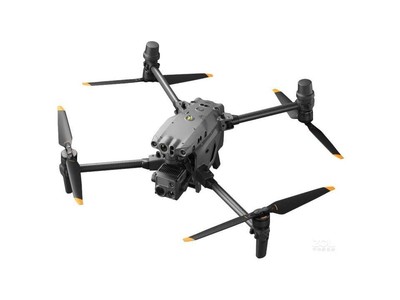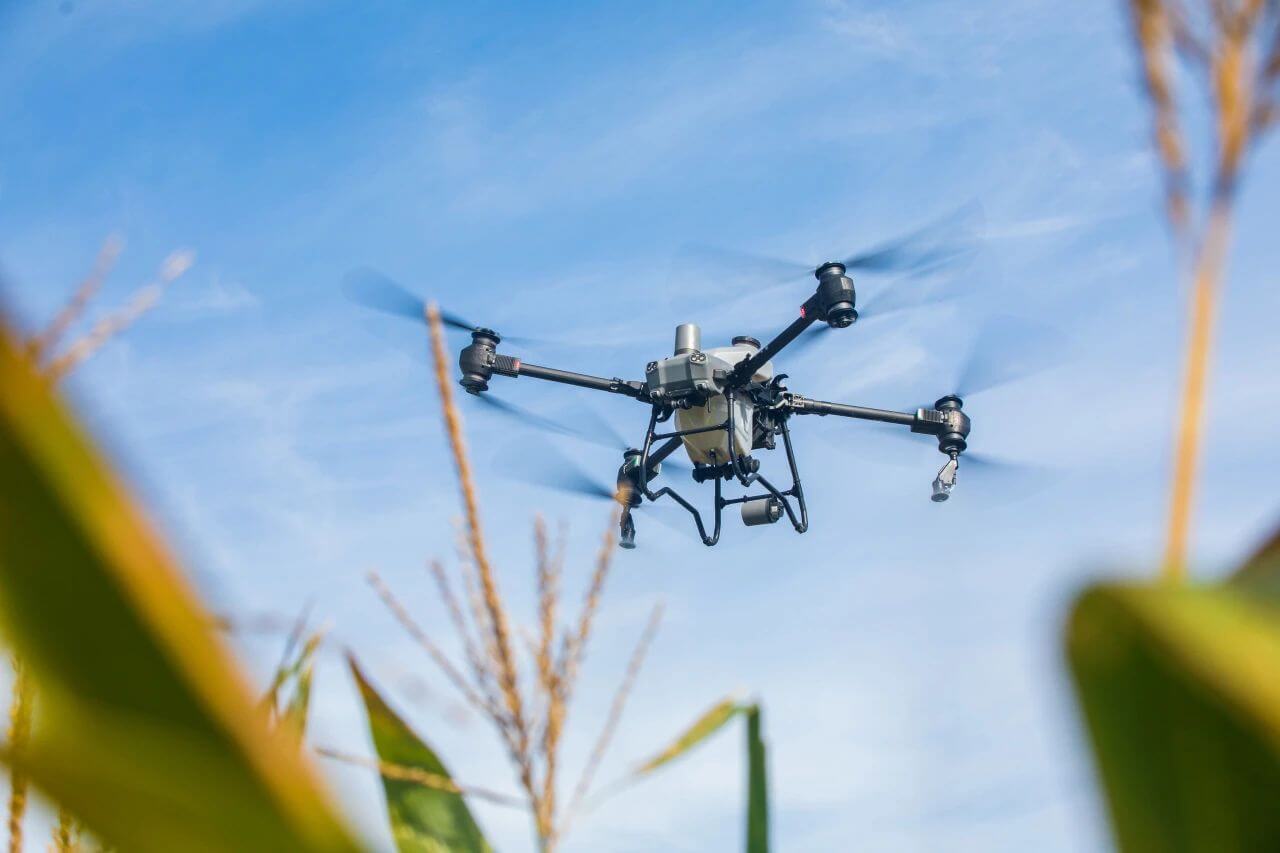Understanding Drone Thermal Imaging
Drone thermal imaging employs infrared technology to capture temperature variations in different objects. This technology is crucial for a myriad of professional applications, ranging from building inspections to wildlife monitoring. With the ability to detect heat signatures from a distance, thermal cameras on drones provide invaluable data for improving safety, efficiency, and productivity.
Applications and Benefits
One of the primary uses of thermal drones is in industrial inspections. Companies can quickly identify heat leaks, electrical hotspots, and insulation flaws in facilities, saving substantial costs and preventing potential hazards. In agriculture, thermal imaging assists farmers in monitoring crop health and irrigation practices by visualizing moisture levels and identifying stressed vegetation. Similarly, law enforcement agencies leverage this technology for search and rescue missions, analyzing terrain, and tracking fugitives during nighttime operations.
is in industrial inspections. Companies can quickly identify heat leaks, electrical hotspots, and insulation flaws in facilities, saving substantial costs and preventing potential hazards. In agriculture, thermal imaging assists farmers in monitoring crop health and irrigation practices by visualizing moisture levels and identifying stressed vegetation. Similarly, law enforcement agencies leverage this technology for search and rescue missions, analyzing terrain, and tracking fugitives during nighttime operations.
Surveys often reveal roadblocks that are invisible to the naked eye, and that’s where drone thermal imaging becomes indispensable.
Key Features of Modern Cameras
Today’s advanced thermal cameras mounted on drones boast features such as high-resolution imaging, adjustable color palettes, and real-time data streaming through integrated software platforms. Compact and lightweight, these cameras don’t compromise on performance even in challenging environments.
Choosing the Right Thermal Drone
When selecting a drone equipped with a thermal camera, consider factors such as flight range, battery life, and camera resolution, which impact operational time and image clarity. Brands and models differ, each offering unique features tailored to specific industry needs. Investing in drones with superior sensors ensures higher accuracy and efficiency.
Future Developments
The future of drone thermal imaging is set to evolve with advancements in artificial intelligence and machine learning. Integrating AI with thermal imaging will allow for automatic anomaly detection, providing even more precise and actionable insights. As technology progresses, affordability and accessibility will increase, democratizing aerial thermal imaging solutions.
Common FAQs
Q1: Can drones with thermal cameras fly at night?
A1: Yes, drones equipped with thermal cameras can capture heat signatures at night, making them ideal for nocturnal operations.
Q2: Is thermal imaging affected by weather conditions?
A2: Extreme weather can impact imaging quality, but many drones with thermal cameras are equipped to handle moderate weather variations effectively.

Q3: How do thermal cameras help in firefighting?
A3: Thermal imaging can pinpoint hotspots in fires, assisting firefighters in tackling the most dangerous areas efficiently.
With ongoing innovations, drone thermal imaging cameras continue to redefine perspectives across various sectors, offering a window into the unseen world that was previously inaccessible through conventional methods.